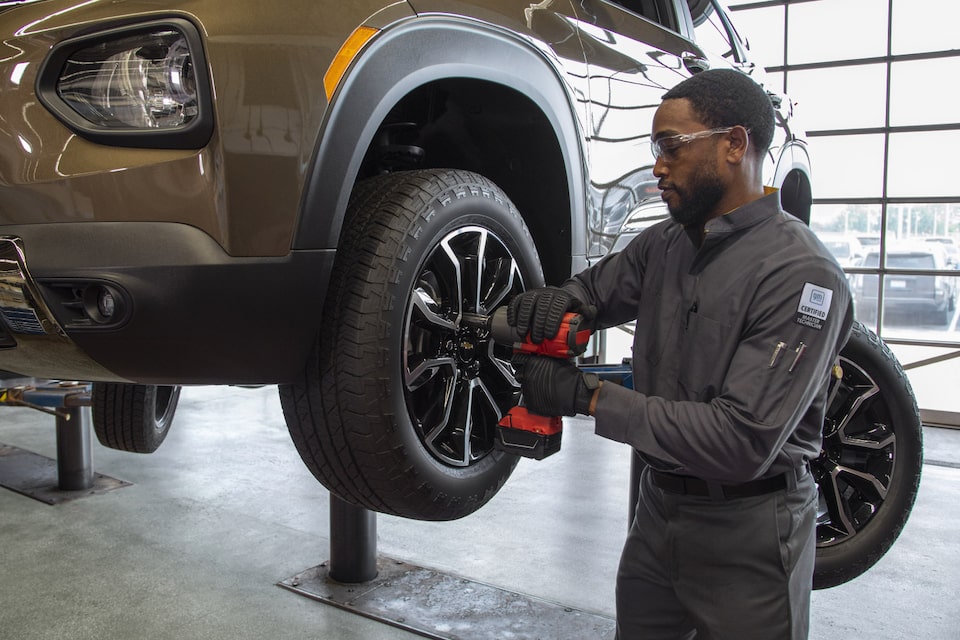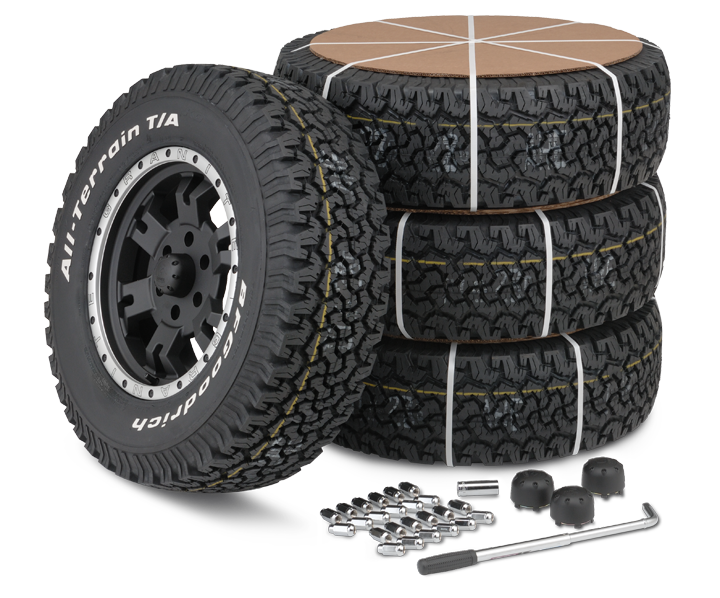Do not Lose Out on Mopar Tire Service Specials: Budget-friendly Upkeep Bundles
Do not Lose Out on Mopar Tire Service Specials: Budget-friendly Upkeep Bundles
Blog Article
Tire Service: The Impact of Weather
When it pertains to ensuring ideal efficiency and safety and security when driving, recognizing the impact of weather on tire solution is important. From scorching warmth to icy roadways, each climate element can substantially affect tire functionality and general driving experience. By diving right into the results of varying weather conditions on tires, motorists can obtain valuable understandings that may improve their car's performance and durability. In this conversation, we will discover the complex partnership in between weather conditions and tire service, losing light on the importance of weather-specific tire maintenance techniques and factors to consider.
Warm and Tire Efficiency
When revealed to high temperatures, tires experience modifications in efficiency that can considerably impact vehicle safety and security and handling. The warmth generated from prolonged driving or heat problems triggers the tire rubber to soften, bring about minimized step life and enhanced wear. As the rubber comes to be softer, the tire's grip when traveling reduces, influencing braking distances and overall grip. In extreme cases, extreme warm can even create tire blowouts, presenting a serious safety threat to the automobile and its passengers.
Moreover, heats can accelerate the process of tire aging, causing the rubber to degrade faster. This can result in splits, bulges, and various other forms of damages that compromise the structural integrity of the tire. To alleviate the effects of warm on tire efficiency, drivers ought to regularly examine their tire pressure, turn tires to guarantee also wear, and examine for any kind of signs of damage. Furthermore, making use of tires specifically developed to hold up against high temperatures can aid preserve optimal performance and safety and security when traveling.
Winter Results
Cold weather condition conditions can have a considerable influence on tire efficiency and security. As temperatures decline, tire rubber can harden, leading to decreased traction on icy or snow-covered roadways. In winter, tires might additionally shed air stress extra swiftly, which can impact managing and gas effectiveness. Furthermore, cool temperature levels can trigger tire sidewalls to stiffen, increasing the danger of damages from holes or other roadway dangers.
To reduce the results of winter on tires, it is important to frequently check tire stress and inflate them to the producer's recommended levels. Making use of winter season or all-season tires designed for cool weather conditions can also enhance traction and hold on icy or snowy roads - morris tire and alignment. Appropriate tire upkeep, consisting of regular inspections for wear and damages, comes to be a lot more crucial throughout colder months to make sure optimum efficiency and safety and security
Rainy Conditions Influence
During stormy conditions, tire performance and safety can be dramatically influenced by the wet road surface areas and minimized presence. The tread pattern of tires plays an important function in preserving traction on damp roads. Tires with worn-out treads are more vulnerable to hydroplaning, where a layer of water constructs up in between the roadway and the tire surface, leading to loss of grip. To battle this, motorists should on a regular basis check their tires for sufficient tread deepness and think about purchasing tires specifically made for damp conditions.

Snow and Tire Security
Snow-covered roadways position special challenges for vehicle drivers, emphasizing the relevance of proper tire choice and upkeep. When driving in snowy problems, having the best tires can make a substantial difference in security and efficiency. Winter months tires are developed with special rubber compounds and walk patterns to give better traction on snow and ice compared to all-season tires. The much deeper footsteps and sipes of winter tires assist hold the road better, minimizing the threat of moving and slipping.
In addition to utilizing winter tires, it is important to guarantee they are appropriately inflated. Cold weather can trigger tire stress to drop, impacting traction and handling (mopar tire service specials). On a regular basis inspecting and preserving the right tire pressure is vital for optimum performance in snowy conditions

Weather-Related Tire Maintenance
When confronted with various climate condition, proper tire maintenance ends up being a crucial element of automobile safety and efficiency. Weather-related tire maintenance encompasses a series of practices intended at ensuring ideal tire feature and longevity in different weather circumstances. One key element of weather-related tire upkeep is tire stress guideline. Changing temperature levels can trigger tire stress to differ, impacting traction and gas effectiveness. Routinely inspecting and readjusting tire pressure according to maker referrals is important for risk-free driving in altering weather. Furthermore, tire tread depth plays a significant role in managing various climate elements. Tires with adequate tread depth offer better grasp on damp or icy roadways, reducing the risk of skidding or hydroplaning. Inspecting tire tread frequently and replacing tires when walk wear reaches a certain depth is vital for maintaining traction and stability in unfavorable weather condition. By focusing on weather-related tire upkeep, vehicle drivers can boost security, enhance car performance, and lengthen the life-span of their tires.
Final Thought
To conclude, weather have a substantial effect on tire performance and safety and security. From warm influencing tire pressure and put on to cold climate decreasing traction, it is important to consider the weather condition when keeping and using tires. Wet problems can decrease grip and bring about hydroplaning, while snow can boost the risk of mishaps if tires are not properly geared up. Weather-related tire upkeep is vital in ensuring ideal efficiency and safety when driving.
In this discussion, we will certainly discover the detailed relationship in between climate problems and tire service, dropping light on the value of weather-specific tire upkeep tire shop morris methods and considerations.

Report this page